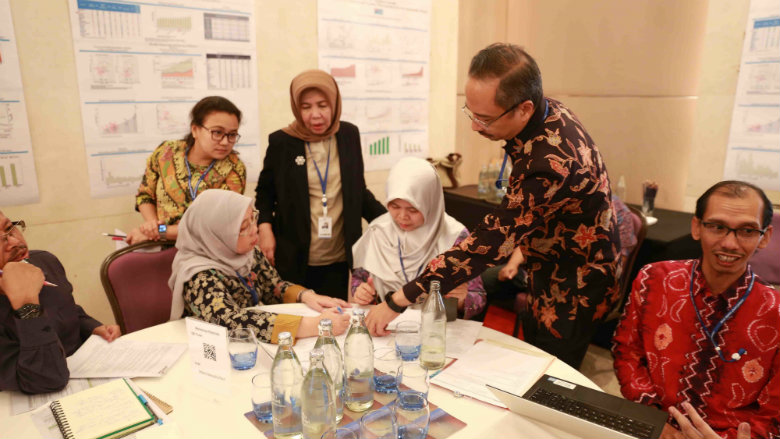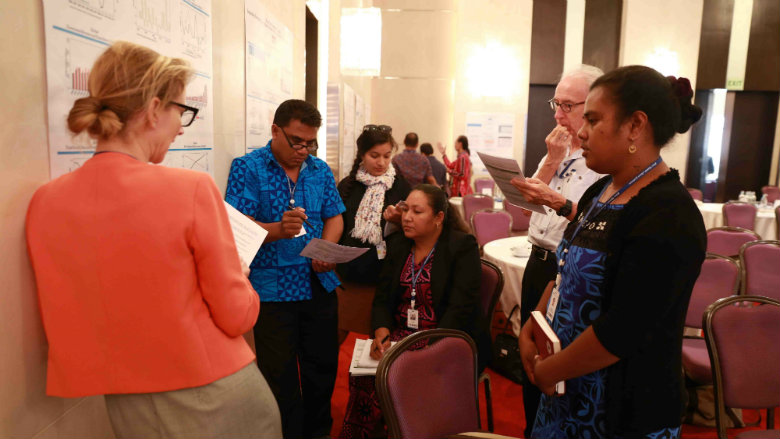“Trouble comes in pairs.” This saying rings true with many low- and middle-income countries in East Asia and the Pacific currently facing the twin challenges of dwindling donor funding of health programs and a rapid increase in non-communicable diseases (NCDs).
Thailand has gone through this global trend that most low- and middle-income countries are facing and it’s fitting that Bangkok was the venue for the regional workshop on “When Two Transitions Converge: Integrating Externally-Financed Health Programs While Gearing-Up for Non-Communicable Diseases”.
Some 120 participants from 12 countries and 35 agencies at the January 29-30 workshop explored how countries can integrate donor funded health programs into their publicly funded health systems while preparing to confront rapidly advancing NCD challenges.
It’s a daunting task. The disease burden of the four main NCD conditions – cancer, heart and lung diseases, stroke, and diabetes – are forecasted to cause a global loss in economic output of nearly US$ 47 trillion for the period 2011-2030.
“This is a huge global loss in economic output,” World Bank senior economist Xiaohui Hou said.
Furthermore, NCDs constituted more than half of the entire global burden of disease, but received less than 2% of all international health aid, which means that countries have to provide domestic funds to carry the bulk of the NCD burden.
The two-day event, held as a side meeting of the Prince Mahidol Award Conference 2019
(PMAC), was co-hosted by Australia’s Department of Foreign Affairs and Trade (DFAT), Global Fund, Gavi, UHC2030, World Health Organization, and the World Bank.
On top of the challenges of transitioning from external funds to mobilizing domestic resources to prepare their health systems to handle rapidly rising NCDs, low- and middle-income countries also has to work toward an “integrated care” system that fuses disease management seamlessly into their frontline service delivery.
This will involve information management, governance, financing and purchasing, outreach and community health. It is a lot of work but an integrated care system is essential for preventing fragmentation in patient services and focuses on frontline health care in contrast to hospital-centric care.
Clearly countries will require substantial organizational reforms to face the epidemiological transition and a “whole system” perspective is key when they think about this. Experts advise that when designing any public health program or reform, they have to consider what it will take to adjust their systems and organizations to deliver desired results.


